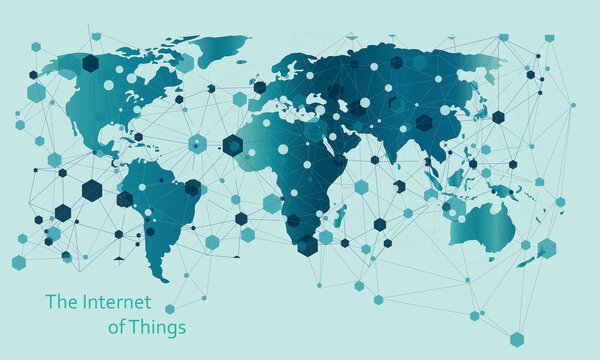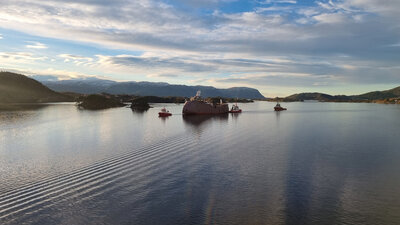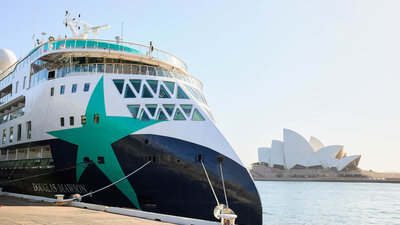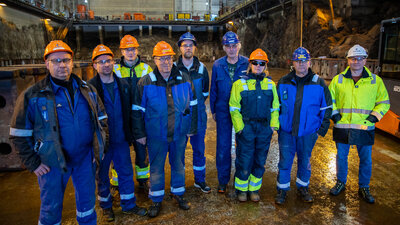1. Better connection between land and sea - The death of old-fashioned reporting?
Onshore control centres can access the ship and communication between ship and land will be much more automatic than we see today. Data from the applications will be sent automatically, and old-fashioned reporting from bridge to land will decrease.
2. Big data will help diagnose preventative maintenance and give accurate input on operational matters
Data from the applications give insight of when to perform preventative maintenance, analysis of operational stability and accurate information on energy use/fuel consumption.
3. Sale and trade of services with other industries - get live data from the Sea
With the significantly increased bandwidth on board vessels, sale and trade of data can become a popular side business. A future-oriented control system makes it possible to extract data directly from the vessels.
4. IoT (Internet of Things) enables operations without crew - 'self-driving'autonomous vessels
Access from onshore control centres can enable remotely operated vessels. Several players are already testing such possibilities, and Google's self-driving cars can soon get competition at sea!



